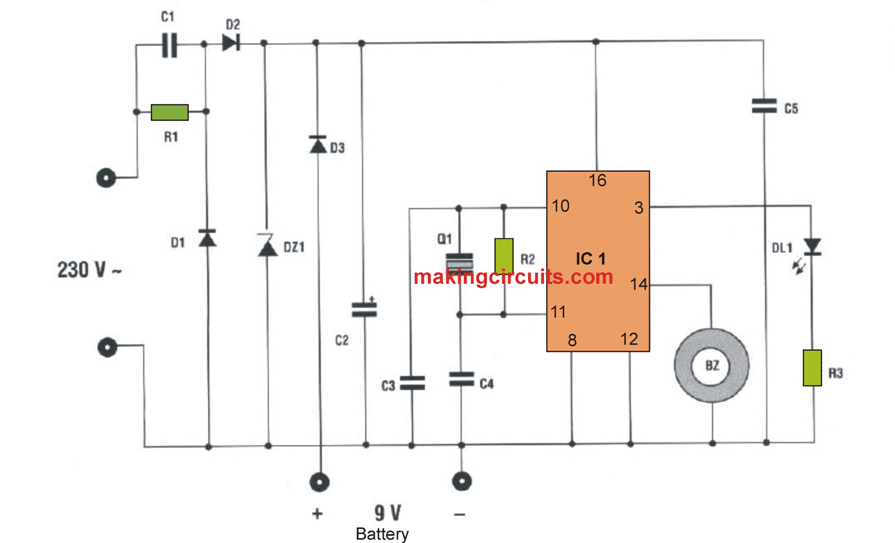What is Quartz
A few of the aspects that impact the frequency steadiness of an oscillator typically consist of: disparities in temperature, variations in the load, along with variations to its DC power supply voltage among other things.
Frequency balance of the output signal could be significantly enhanced by the appropriate choice of the components employed for the resonant feedback circuit, such as the amplifier. However there exists a limitation to the stableness which can be extracted from normal LC and RC tank circuits.
In order to have a extremely high degree of oscillator steadiness a Quartz Crystal is normally applied as the frequency determining unit to generate another kinds of oscillator circuit known normally as a Quartz Crystal Oscillator, (XO).
Whenever a voltage source is ascribed to a small slim piece of quartz crystal, it starts to transform shape creating a attribute referred to as the Piezo-electric effect. This Piezo-electric Effect could be the property of a crystal through which an electrical charge constitutes a physical force by altering the contour of the crystal and vice versa, a mechanical pressure placed on the crystal generates an electrical charge.
Then, piezo-electric equipment could be categorised as Transducers because they transform energy of one type into energy of another (electrical to mechanical or mechanical to electrical). This piezo-electric influence generates mechanical vibrations or oscillations which is often accustomed to affect the standard LC tank circuit in the earlier oscillators.
There are various forms of crystal ingredients to use as oscillators most abundant and crucial of these for electronic circuits currently being the quartz minerals, due in part to their better mechanical durability.
How the Circuit Functions
The signal imparted by buzzer BZ is extremely distressing for many bugs and particularly for mosquitoes.
Its waveform tends to make a large number of harmonics. and for that reason ultrasound, sonl results in. The frequency of the signal reaches the boundaries of the threshold of human audibility, quartz Q makes it possible for to help keep it consistent.
The device may be powered by 230 volts AC or using a single 9 volt battery. The maximum current taken is approximately 15 mA. The illumination of the LED guarantees the right functioning of the device.

WARNING !
Once the battery is introduced, DO NOT hook up the device to the mains voltage.
WARNING !
Once the device is coupled to the mains voltage in 230 Volts AC, you have to be extremely cautious while handling it. While assembling the components, proper care has to be delivered to place the diodes in the
good sense. An inversion of the latter would certainly result in permanent damage to the set up.
Provided the power of the signal (particularly with 230 volts AC power), the buzzer BZ can produce oscillations noticeable by a powerful and uncomfortable whistle. This annoyance could be eradicated by inserting between the buzzer and the printed circuit a cardboard or foam rubber.
LIST OF ELECTRONIC COMPONENTS:
All resistances are
of 1/4 watt unless stated otherwise
opposite.
R1 = 220Kohms
R2 = 4.7 Mohms
R3-220 Ohms
Cl-470nF400Vpol.
C2 = 100pF16Velec.
C3 = 47 pFceramic.
C4 = 47 pF ceramic.
C5 = 100 nF ceramic.
1) 1 = 1N4007
D2 = 1N4007
D3 = 1N4007
DZ1 = Zener 12 volts
DL1 = red LED
Q = 4 MHz quartz.
BZ = Buzzer.
IC1 = 4060B
1 Clip for 9 volt battery.
1 Support 16 pins.